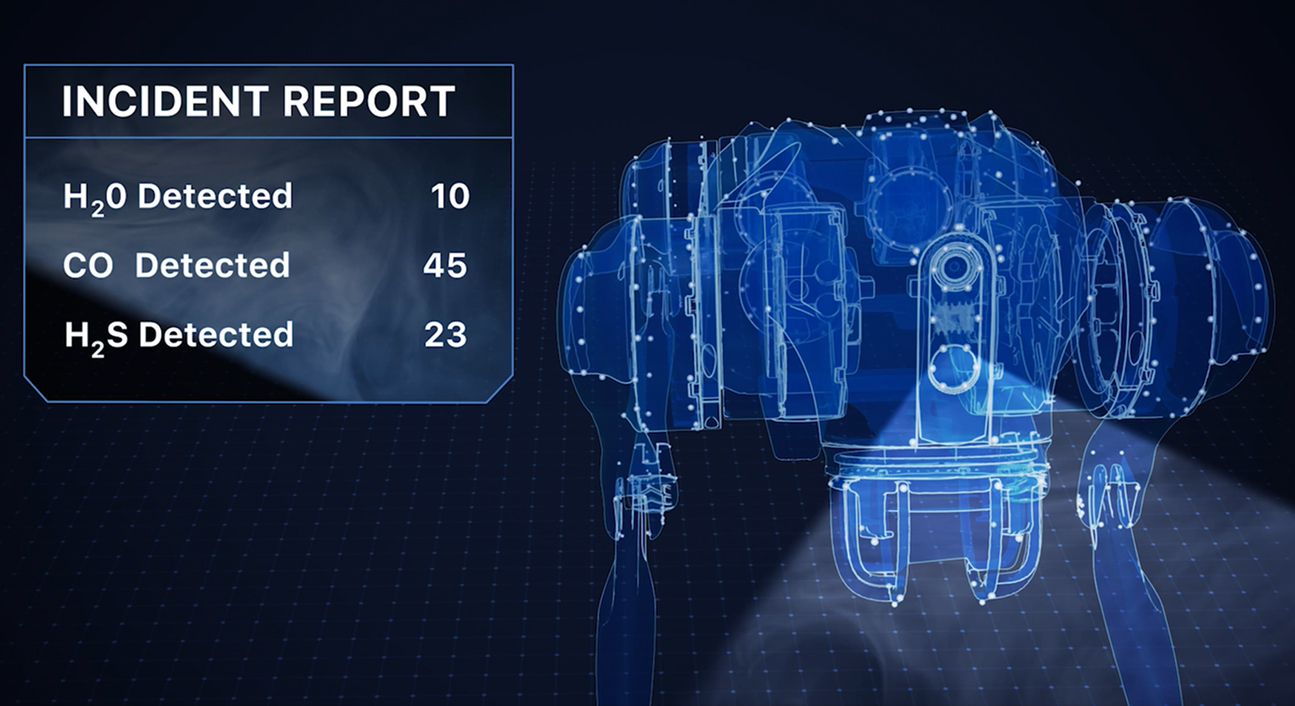Forecasting hospitalizations with AI
Wednesday, April 12, 2023

Predicting how many patients will go to the hospital at any given time is a major challenge in healthcare. Facilities must accurately predict the potential flow of patients to ensure that healthcare professionals, equipment, and non-medical resources, are all in adequate supply.During the COVID-19 pandemic, the challenges of accurately forecasting the needs of healthcare facilities was compounded by outbreaks that caused spikes in hospitalizations. Crisis management teams struggled to predict admissions as accurately, and as far in advance, as was needed to properly provision facilities.
MBZUAI Professor of Statistics Agathe Guilloux has been on a mission to make sure that the lessons of the COVID era are not wasted. Guilloux believes that certain fundamental tweaks to the algorithms that power patient prediction systems could have a profound impact on their predictive capacity.
The interaction of multiple systems is typically modeled via differential equations based on the assumption that a function can link time-series measurements with the dynamic of observed outcomes.
While working on these algorithmic tweaks, it was important to use real-time data rather than archived or delayed statistics. To make that possible, Google released some mobility data on visits to workplaces, pharmacies, and transit stations. Meanwhile, the French national meteorological service, Météo France, released data related to the likelihood of citizens to move about, catch and spread disease, and, most germane to Guilloux’s research, their likelihood of going to the hospital.
Using these 2021 pandemic data as though they were real-time, Guilloux predicted hospitalizations 10-14 days ahead and then compared her results with the actual hospitalization rate. The goal is to reduce the reconstruction error as much as possible. Guilloux’s SigLasso model provides clear improvement over both industry standards (GRU and Neural CDE).
“Using known data, we can learn the function that relates input with output,” Guilloux said. “So, when we have new input data, we can predict the output. In reality, hospitalizations dynamic depends on multiple interacting systems including human behavior, weather, motility. Readily available data are often sparse observations which limits the accuracy of prediction algorithms.”
Therefore, the algorithm that tries to predict the function also needs to be multi-variate and incorporate all the same variables that you find in the available real-world data.
Guilloux is proposing the improved algorithm that can also be applied to other settings such as using measurements of a newborn baby’s weight to predict lactic acidosis thereby reducing the need to make invasive measurements.
Current state-of-the-art is a neural differential equation. Guilloux’ results are better than the industry standard neural network equations and standard recurrent neural networks. For certain tasks, AI might have gone too far with gigantic neural networks, and we need to refocus on simpler, explainable models. The FDA and EMA have both released their regulation processes for IA based medical devices and placed explainability as a core assessment for approval.
About Agathe Guilloux
Prior to joining MBZUAI, Guilloux was head of the Mathematics Laboratory – comprising 45 full-time faculty and staff supported by 15 postdoctorate and Ph.D. students – at Evry Paris Saclay University in Paris, France. She was also Professor of Statistics in the academic division where she founded and led one master’s program in data science at Paris Saclay University.
Guilloux’s current research activities include statistical learning and its application in the healthcare field. A key component of her work is to design algorithms to solve problems faced by physicians and researchers in the area of personalized medicine. She analyzes the relationship between input data such as clinical observations or measurements and patient outcomes and uses them to propose clinical prediction models. She then works together with physicians on methods of optimizing the precision of the algorithms to improve their usefulness in predicting patients’ future health condition.
Guilloux has close connections with industrial partners such as Ubisoft, PWC, and Dassault Systems with whom she has an active patent application. She is an associate editor with the International Journal of Biostatistics and has five active Ph.D. students.
Guilloux completed a master’s degree in biostatistics and epidemiology at École nationale de la statistique et de l’analyse de l’information (ENSAI) a well renowned French engineering College and another master’s degree in applied mathematics at the University of Rennes, France. She was also awarded a Ph.D. in applied mathematics and statistics from the University of Rennes. As her career grew to encompass both teaching and research, Guilloux completed the Habilitation à diriger des recherches, the highest national diploma of higher education and required for supervising Ph.D. students and applying for positions of professor and director of research.
Related
Intelligent, sovereign, explainable energy decisions: powered by open-source AI reasoning
As energy pressures mount, MBZUAI’s K2 Think platform offers a potential breakthrough in decision-making clarity.
- case study ,
- ADIPEC ,
- K2 Think ,
- IFM ,
- reasoning ,
- llm ,
- energy ,
- innovation ,
- research ,
Cooling more people with fewer emissions: intelligent, efficient cooling with AI and ice batteries
MBZUAI's Martin Takáč is leading research to develop an AI-driven energy management system that optimizes the use.....
- energy ,
- cooling ,
- solar ,
- ADIPEC ,
- sustainability ,
- innovation ,
- research ,
Faster, safer and smarter inspection: AI-powered robotics for industrial safety
MBZUAI's autonomous robotic system, LAIKA, is designed to enter and analyze complex industrial environments – reducing the.....
- research ,
- autonomous ,
- case study ,
- innovation ,
- infrastructure ,
- energy ,
- industry ,
- robotics ,


